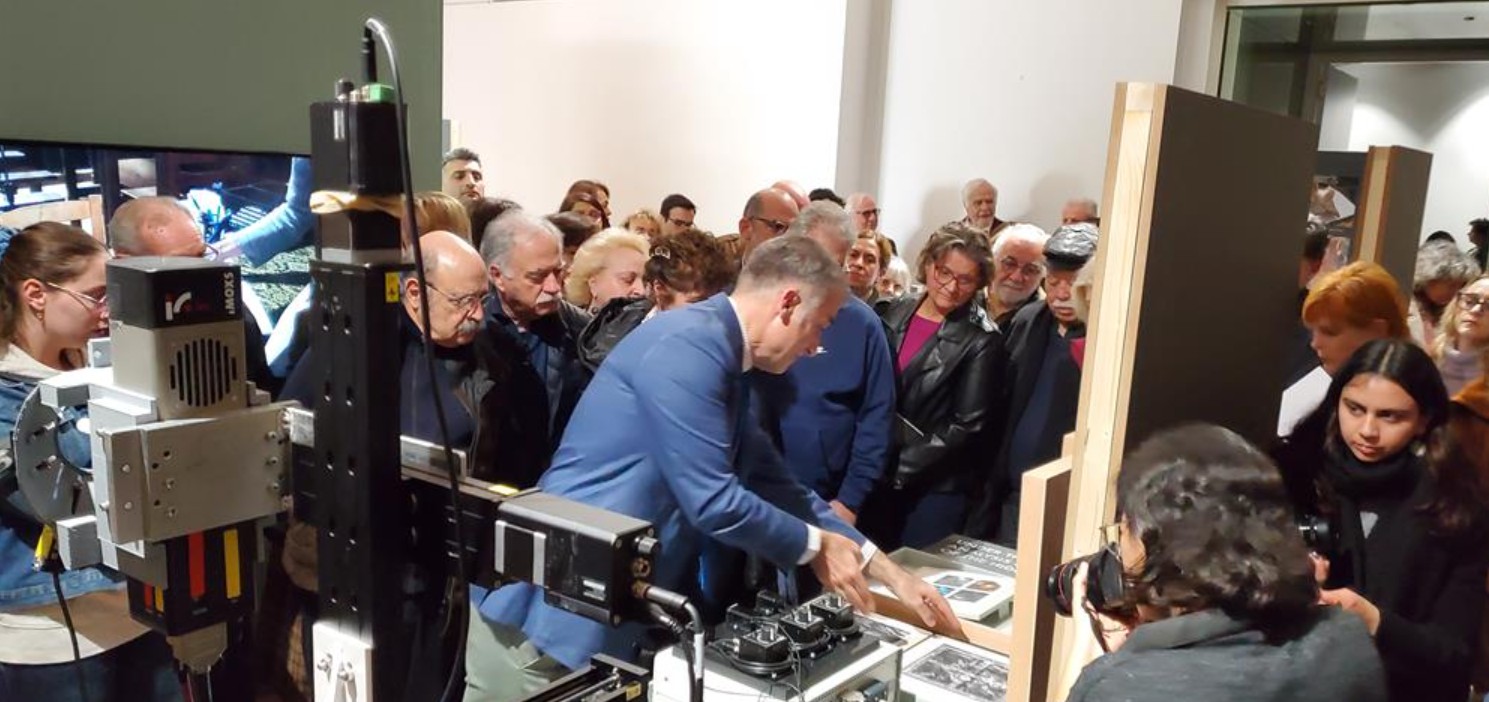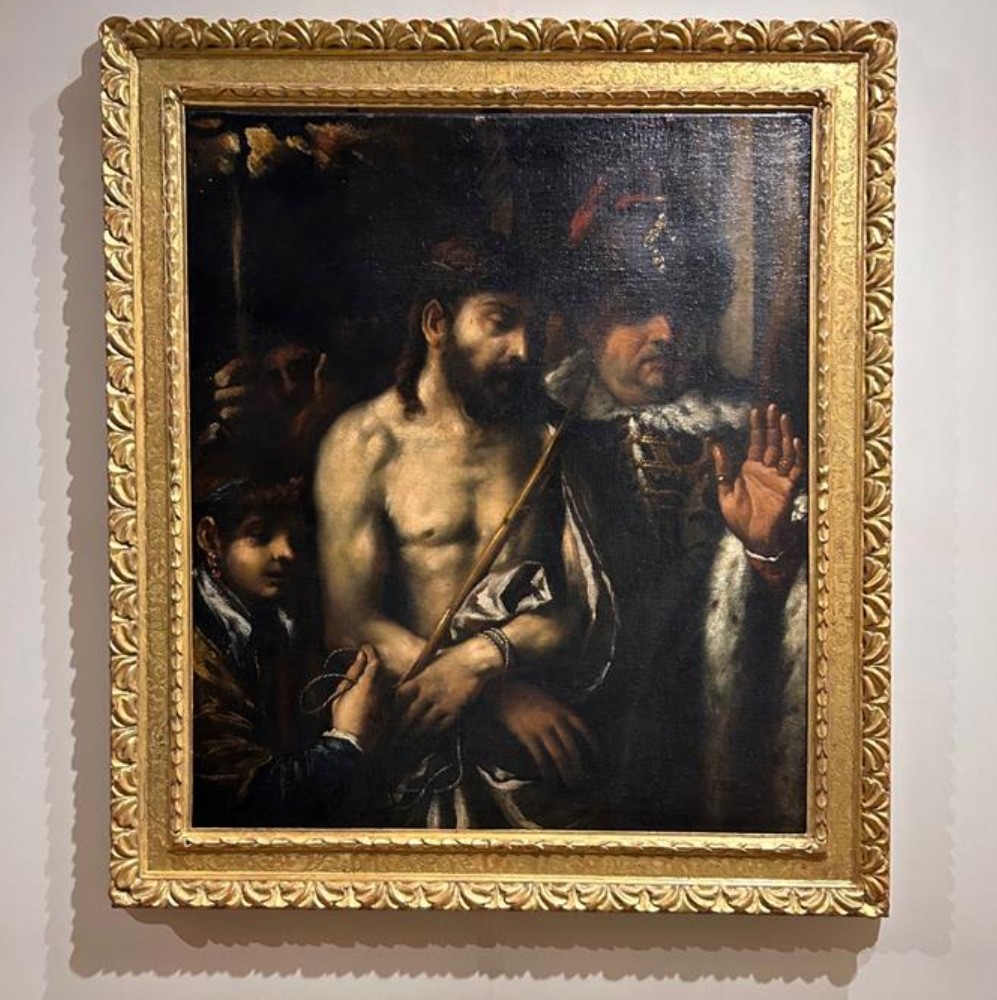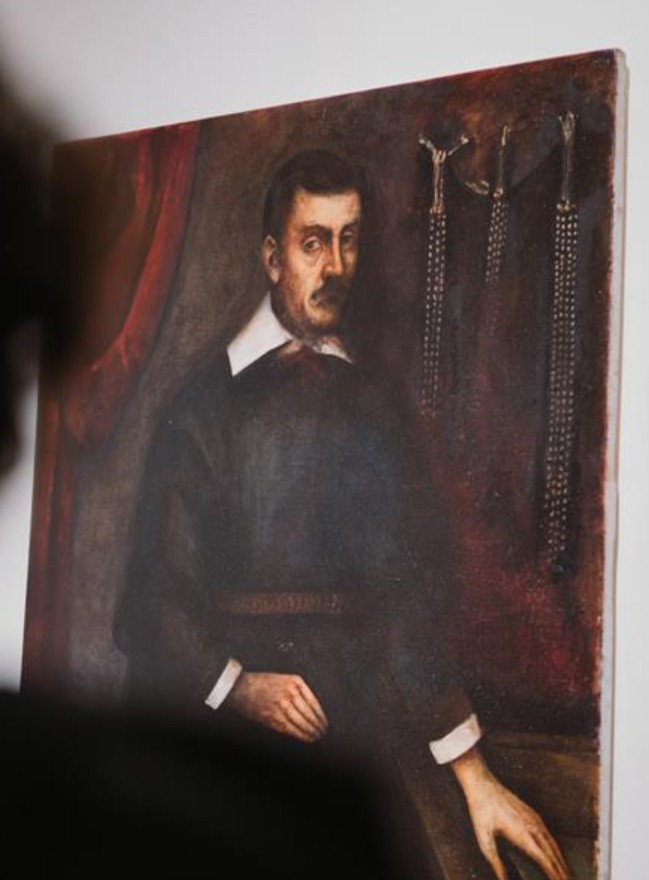
Newsroom
The fusion of artistic brilliance and scientific innovation took center stage at the unveiling of the exhibition “Revealing the Unseen: A Hidden Titian Masterpiece”, which opened on Friday, January 24, 2025, at Papadakis Warehouses in Limassol.
This remarkable exhibition is the result of a collaboration between The Cyprus Institute’s Andreas Pittas Art Characterization Laboratories (APAC Labs) under the Science and Technology Research Centre in Archaeology and Culture (STARC), along with the Limassol 2030 – European Capital of Culture – Candidate City initiative and the Municipality of Limassol. The event offers a rare opportunity for visitors to explore an artistic mystery uncovered through cutting-edge technology—a previously unknown work concealed beneath Titian’s renowned painting, Ecce Homo.
Limassol Mayor Yiannis Armeftis inaugurated the exhibition, emphasizing its significance as a cultural milestone for the city. He acknowledged the extensive research undertaken by The Cyprus Institute, made possible through the generous support of Dr. Andreas Pittas. Dating back to 1570, this hidden masterpiece holds immense historical and cultural value, enriching global heritage. Mayor Armeftis also highlighted the vital role of technology and the artistic contributions of Erato Hadjisavva in bringing Titian’s unseen vision to light.
Dr. Andreas Pittas, a key figure in the European Capital of Culture - Limassol 2030 Organization and a member of the CREF Board of Trustees, addressed attendees, stating that the exhibition aligns with the Organization’s ambitious efforts to establish Limassol as a leading cultural hub for 2030. He commended the groundbreaking research led by The Cyprus Institute’s APAC Labs / STARC, which has pioneered novel techniques for analyzing artworks. The exhibition also showcases the sophisticated scanning technology developed in collaboration with C2RMF laboratories at the Louvre Museum in France, providing insight into the methodology used to study Titian’s work.
Professor Stavros Malas, President of The Cyprus Institute, praised the research conducted at the Andreas Pittas Art Characterization Laboratories. He underscored the importance of studying and preserving cultural heritage, likening it to a second form of DNA that deserves deeper exploration. Professor Malas also acknowledged the crucial role of philanthropists like Dr. Andreas Pittas in supporting the development of research infrastructure, which has been instrumental in advancing the Institute’s work over the past two decades.
Eleana Alexandrou, Artistic Director of the Limassol 2030 – European Capital of Culture – Candidate City initiative, reiterated Limassol’s ambition to become a major cultural hub in Europe. She emphasized the transformative power of arts and culture in redefining the city’s identity and fostering a deeper connection among its residents. In a rapidly evolving urban landscape, Alexandrou stressed the necessity of integrating cultural exploration, artistic discovery, and scientific curiosity to sustain Limassol’s creative industries and ensure their synergy with other fields.
The exhibition provides visitors with a rare glimpse into the intersection of art and technology, revealing a hidden masterpiece and expanding the boundaries of artistic research. It stands as a testament to the power of interdisciplinary collaboration, making history accessible in new and exciting ways.
































